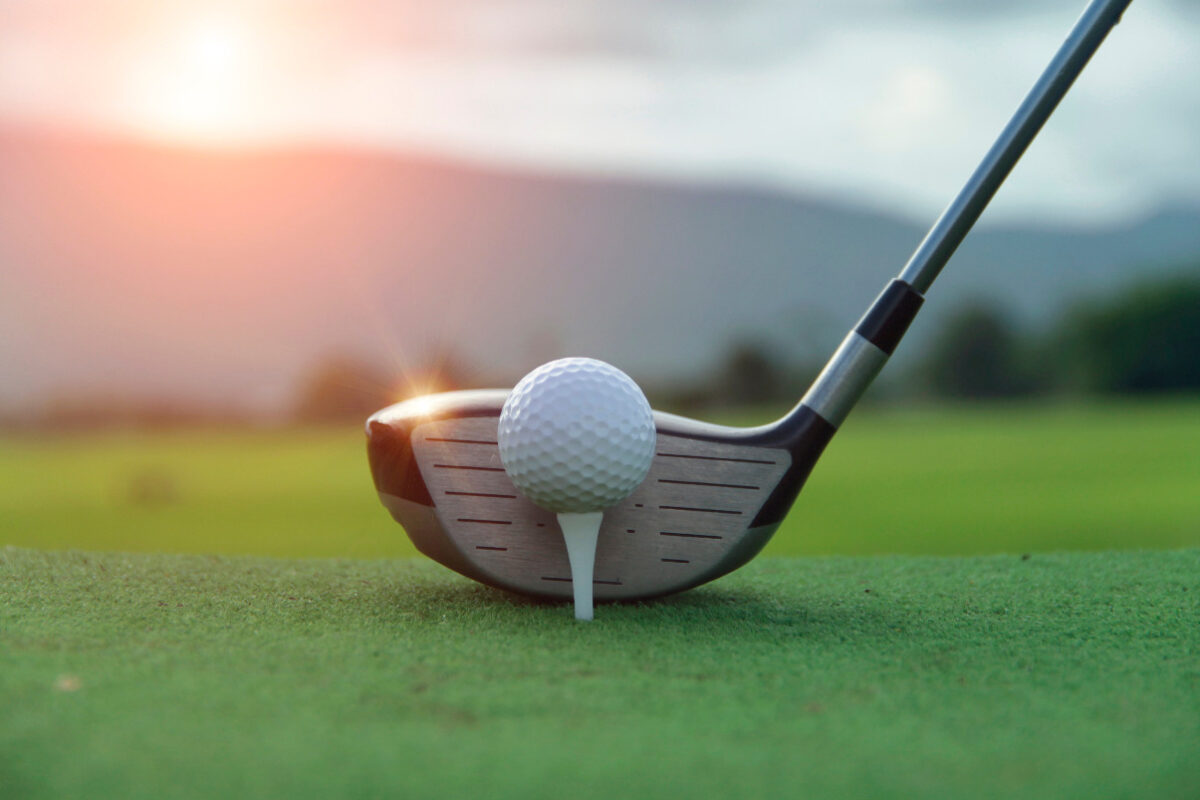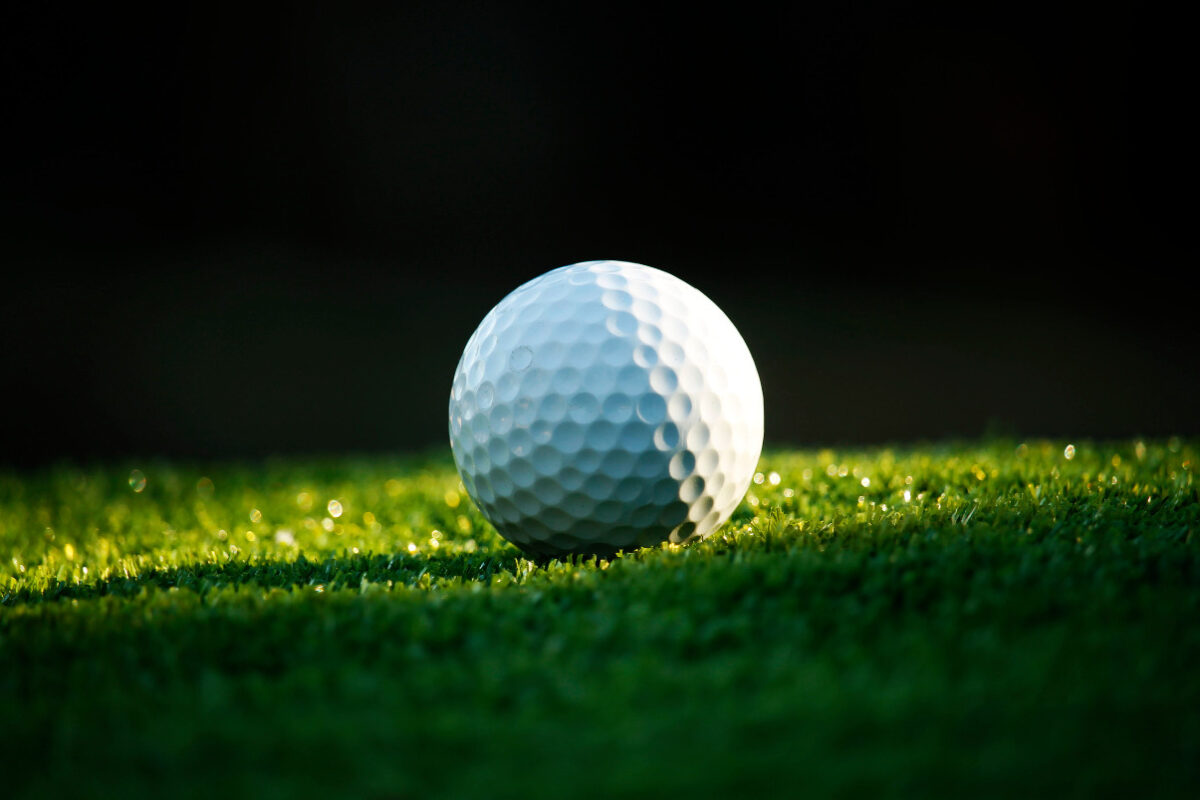What Golf Ball Should I Use? A Detailed Guide
With the wide selection of golf ball types and models available today, making the right choice for your game can be challenging.
Golf ball technology and construction have advanced tremendously, with offerings engineered to match different swing speeds, spin rates, trajectory preferences, and feel.
While there is no undisputed “best ball” that suits every player, understanding your needs and carefully testing different balls will help determine the ideal match to improve your performance on the course.

Key Differences Between Golf Balls
While similar in size by USGA standards, today’s golf balls differ in many ways that impact their flight, feel, and effectiveness for each golfer:
Materials
The materials used in the core and cover significantly affect ball compression, speed, spin, and durability.
Softer covers like urethane improve feel and short-game control, while surlyn covers offer cut-proof firmness and longevity. Inner cores made from various rubbers, gels, and liquids modulate energy transfer and compression.
Construction
Two-piece balls have just a core and cover to maximize distance, while multi-layer balls utilize 3, 4, or 5 layers to refine energy flow and optimize spin separation on different shots.
More layers allow fine-tuning speed, launch, and workability.
Dimple Pattern
The dimple design plays a key role in reducing drag for sustained speed through the air while providing the necessary lift at the apex.
New micro-dimple and seamless cover technologies further enhance aerodynamics.
Compression
The compression rating indicates relative firmness and the swing speed required to properly compress the ball.
Softer balls with lower compression work best for slower swing speeds below 90 mph.
Spin Characteristics
Some balls generate relatively high spin for superior greenside control, while others promote lower spin off the driver for maximized distance. The right spin profile depends on your swing.
Key Factors Influencing Ideal Ball Choice
The right golf ball for each player depends on several personal factors:
Swing Speed
Faster swing speeds above 105 mph benefit most from 3-5 piece tour balls engineered for speed, while slower swingers will maximize distance with softer 2-piece balls.
Spin Profile
High-spin players need a low-spin ball to reduce hooks and slices, while low-spin players require a ball that helps generate more spin for better shot shaping and stopping ability.
Skill Level
Higher handicappers lack the clubhead speed and spin generation to take full advantage of premium balls. Better players benefit from tour-level spin separation and greenside control.
Typical Course Conditions
Firmer, drier course conditions call for higher spinning balls that grip the green more. Softer, wet conditions demand balls that generate lower spin off the driver.
Feel Preferences
Try balls with different compression ratings and covers to assess what gives you the most pleasing and controllable sensation based on your individual swing and touch.
Budget
While tour balls cost $50+ per dozen, quality distance and control balls can be purchased for under $30 a dozen. Evaluate cost per ball vs performance.

Golf Ball Construction Characteristics
The essential construction of the golf ball determines its overall capabilities and best fit for players:
Two-Piece Surlyn
Best for high handicappers and slower swing speeds below 90 mph. Focuses on affordable distance and durability over greenside spin and feel.
Three-Piece Ionomer/Urethane Blend
Provides a nice compromise of distance, iron spin, and feel. A great choice for mid-handicappers and moderate swing speeds.
Four-Piece Multi-Layer Urethane
Tour-level balls are optimized for top players with spin separation, workability, and a soft feel around greens. Engineered for speeds over 100 mph.
Five-Piece Tour Performance
The most advanced and expensive balls are designed for PGA Tour-level swing speeds over 110 mph and short-game precision. Offer ultimate spin control.
Personal Testing Is Key
Since golf ball performance is dependent on your individual swing speed, angle of attack, and preference, personal testing is the only way to truly determine the best ball for your game:
Test Compression and Speed
Try balls with different compression ratings to gauge the impact feel and speed generated. Softer works best for slower swings.
Evaluate Spin Separation
Assess mid-iron and wedge spin versus driver spin with different balls to match your spin profile needs.
Gauge Greenside Control
Pay close attention to touch, response, and stopping ability on chips, pitches, and greenside bunker shots. Urethane covers enhance short-game control.
Test Distance Dispersion
Compare total yardages and left/right dispersion with drivers optimizing launch versus higher spin balls to match your typical miss pattern.
Assess Durability
Evaluate cover shearing, scuffing, and compression integrity after 18 holes of normal play. Softer covers scar more easily.
Determine Value
Weigh balls’ cost per dozen against measurable performance gains and longevity to determine if the price is justified.
Finding the right premium golf ball tailored to your game takes research and testing, but the performance improvement will be worth it.
Be willing to experiment with different constructions and brands to experience the effects first-hand. Small adjustments can make a big difference in optimizing launch, spin, feel, and scoring.
